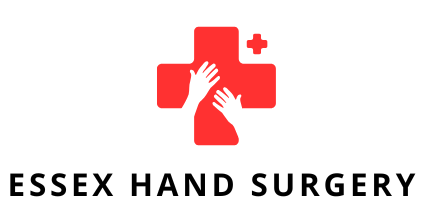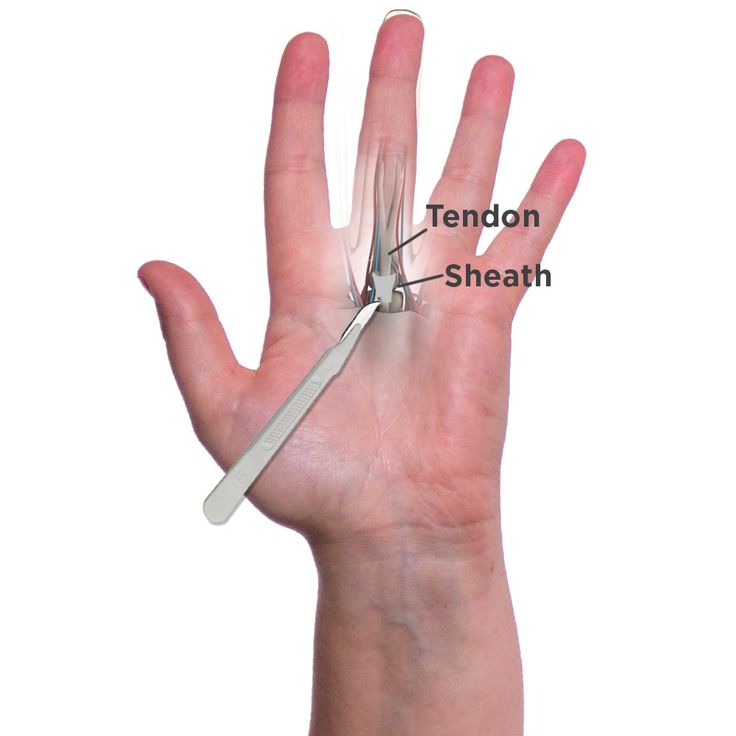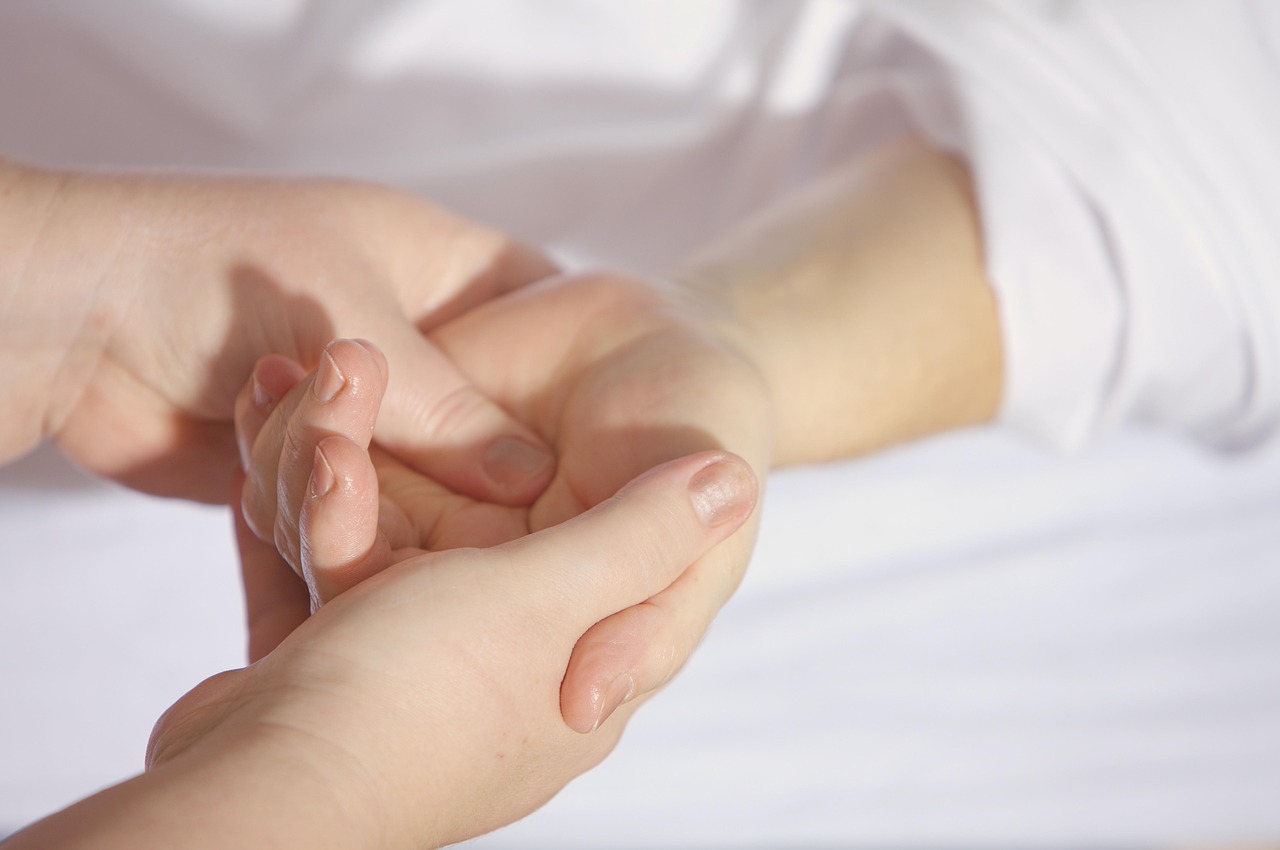What You Need to Know
Trigger finger, also known as stenosing tenosynovitis, is a common condition that affects the tendons in the fingers or thumb. It causes pain, stiffness, and a sensation of locking or catching when bending or straightening the finger. While many cases can be managed with non-surgical treatments, trigger finger surgery is often recommended when symptoms are severe or persistent.
What Is Trigger Finger?
Trigger finger occurs when the tendon that controls finger movement becomes inflamed and can’t glide smoothly through its sheath. This inflammation narrows the space around the tendon, causing the finger to “lock” or “catch.”
Common Symptoms:
- Finger stiffness, especially in the morning
- A popping or clicking sensation when moving the finger
- Pain or tenderness at the base of the finger or thumb
- A finger locked in a bent position, which may suddenly pop straight
When Is Surgery Needed?
Surgery is usually considered when:
- Symptoms do not improve with splints, rest, or steroid injections
- The finger remains stuck in a bent position
- Daily activities become difficult due to pain or limited mobility
What to Expect During Trigger Finger Surgery
1. Pre-Surgery Preparation
Trigger finger surgery is often performed as an outpatient procedure, meaning you can go home the same day. It’s typically done under local anesthesia, so you’ll be awake but won’t feel pain in the hand.
2. The Procedure
There are two main types of surgery:
- Open Release Surgery: The surgeon makes a small incision in the palm to access the tendon sheath and cut it, allowing the tendon to move freely.
- Percutaneous Release: A needle is inserted through the skin to release the tendon sheath, usually without a visible incision.
Both methods aim to relieve pressure on the tendon and restore smooth motion.
3. Recovery and Aftercare
- The procedure takes around 15–30 minutes
- You may experience mild soreness or swelling for a few days
- Stitches (if any) are usually removed in 10–14 days
- Full recovery typically occurs within a few weeks, though hand therapy may be recommended to regain strength and flexibility
Risks and Complications
Like any surgery, trigger finger release carries some risks, though they are rare. These may include:
- Infection
- Nerve damage
- Stiffness or loss of motion
- Recurrence of symptoms
Benefits of Trigger Finger Surgery
- Immediate relief from locking or catching
- Improved finger mobility
- Quick recovery and return to daily activities
- Long-term effectiveness with low recurrence rates
Frequently Asked Questions (FAQ)
1. Is trigger finger surgery painful?
No, the procedure itself is not painful as it’s performed under local anesthesia. Mild discomfort or soreness may be experienced after surgery, but it usually resolves within a few days.
2. How long is the recovery time?
Most people return to light activities within a few days and fully recover in 2–4 weeks. Those with physically demanding jobs or multiple fingers involved may need longer recovery.
3. Will I need physical therapy after surgery?
Physical therapy is not always necessary but may be recommended to improve range of motion and strength, especially if the finger was stiff before surgery.
4. Are there non-surgical treatments I can try first?
Yes. Rest, splinting, anti-inflammatory medications, and corticosteroid injections are often effective in mild cases. Surgery is typically the last resort when these methods fail.
5. Can trigger finger come back after surgery?
Recurrence is rare, especially after a successful release. However, it is possible in some cases, particularly if underlying conditions like diabetes or rheumatoid arthritis are present.
Conclusion
Trigger finger can significantly impact your hand function and quality of life if left untreated. Fortunately, trigger finger surgery offers a quick, effective, and low-risk solution for long-lasting relief. If you’ve tried non-surgical options without success or your symptoms are worsening, consulting a qualified hand surgeon is the next best step.
At Essex Hand Surgery, our experienced team is here to provide expert care with compassion and precision—helping you get back to pain-free movement, fast.





